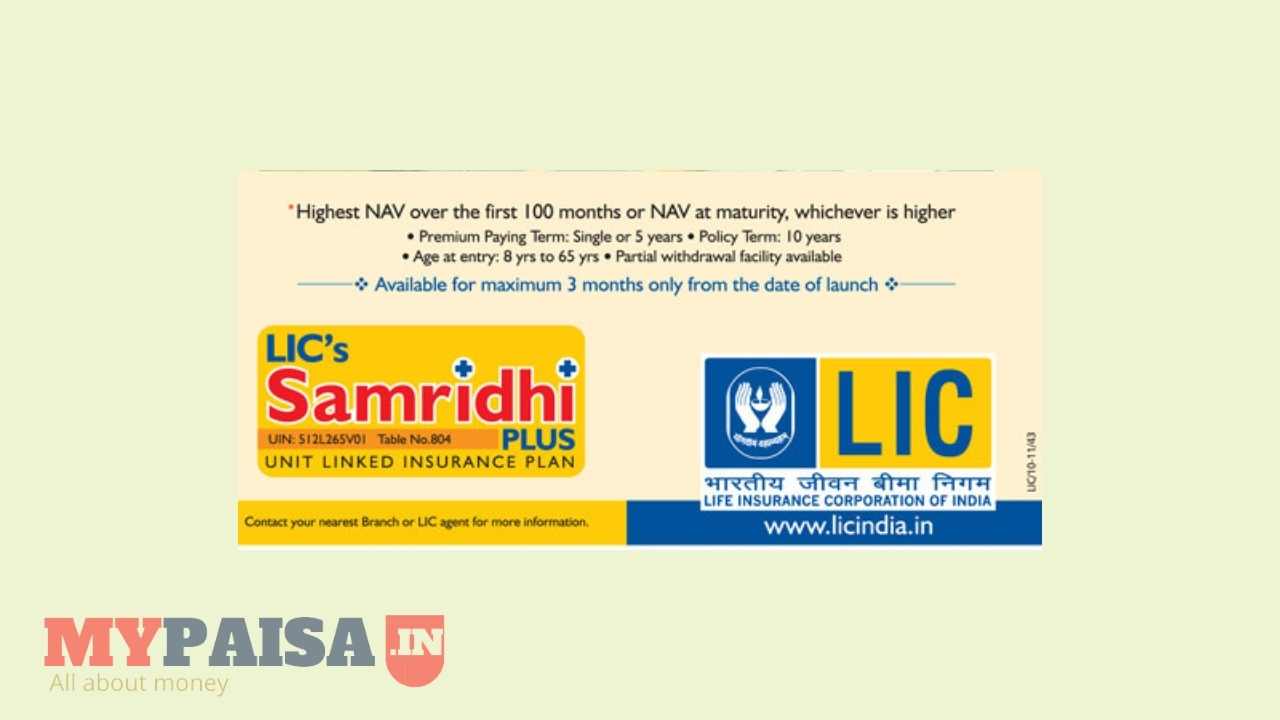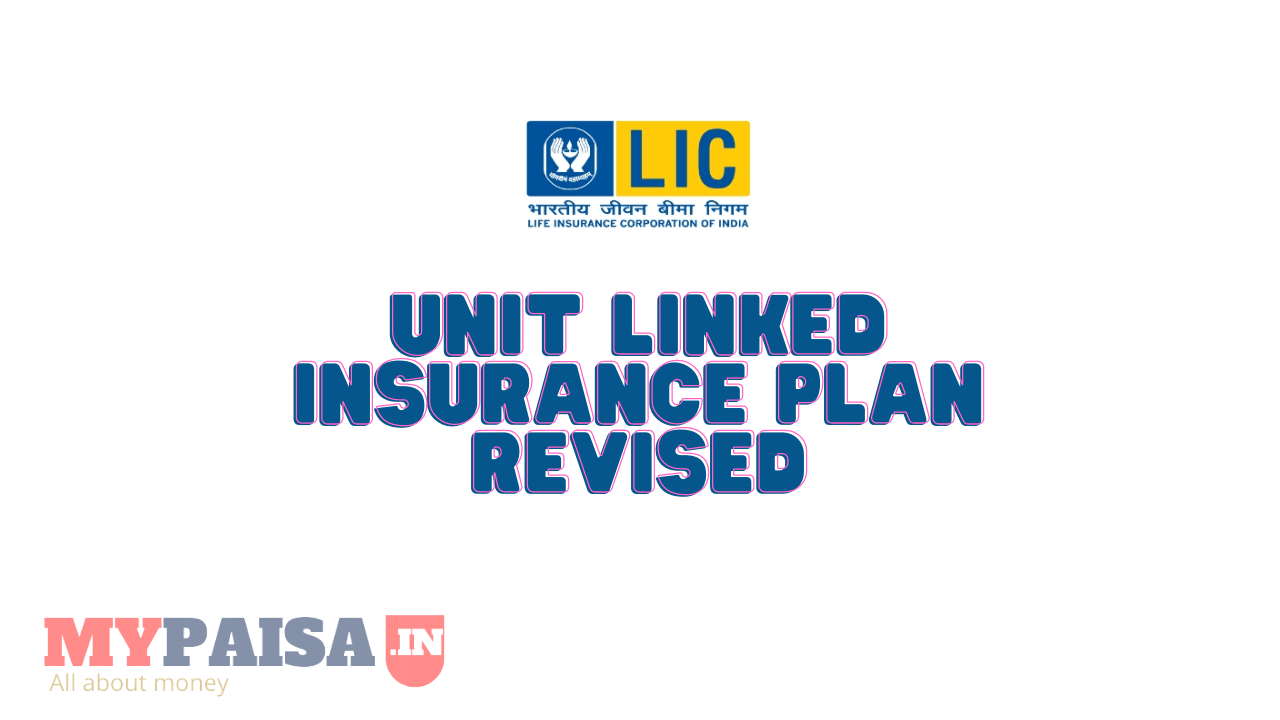What is ULIP Insurance? How does it work?
ULIP is a part linked with the insurance plan. In other words, ULIP is an Insurance + Investment plan. ULIPs fall in the category where they are more goal-oriented and give priority to the safety of insurance protection. This plan enables you to secure protection for your family in the event of your untimely death and at the same time provides you an opportunity to earn a return on your premium paid. In this type of investment, a part of the investment is used for providing you life cover. As this insurance is combined is somewhere linked with investment, therefore the funds which are saved in turn are used in stocks or bonds, hence the value of the investment keep varying as per the investment chosen by you. In Simple words, ULIPs are structured in such a form that they can be managed according to the specific needs of the consumers and the protection received is an added benefit. In this way, the ULIPs offer flexibility to their customers.
There are certain important points to be taken into consideration before we opt for ULIP plans.
- Firstly, we should be aware of all the charges ie. allocation charges, mortality charges, etc.
- Secondly, a person can get a tax rebate of a maximum of Rs 100000 when invested in ULIP plans.
- The third point is what are the locking period and other fine prints like surrender charges before maturity.
As now we know what exactly is a ULIP plan, now the next question that normally pops out in our minds is how does this plan work out? No plan is easy to understand, so in the same way, even it is critical to know the working of the ULIP plan and how our money gets invested. ULIPs basically works like a mutual fund with a life cover involved in it. The premium is invested by them in the investments like mutual funds, bonds, stock markets. When the amount of the premium is decided the insurer firstly deducts some portion of the ULIP premium and then the rest of the premium is invested in the funds. The next step involves the deduction of the mortality charges by the administration. The charges are deducted as per the type chosen by us. It may be on monthly basis or sometimes a daily basis. As the fund invested by us in the ULIP plan has an underlying value, the fund value provides us the value of the asset. And as the plan gets matured, we are entitled to receive the amount of our fund as per its face value.
The points must be considered and the proper knowledge of the ULIP plan is a must. If all these factors are viewed, this policy is very beneficial in the future.







